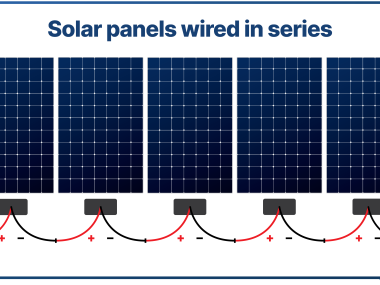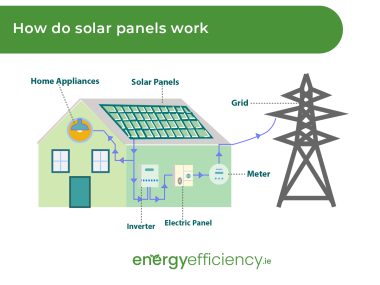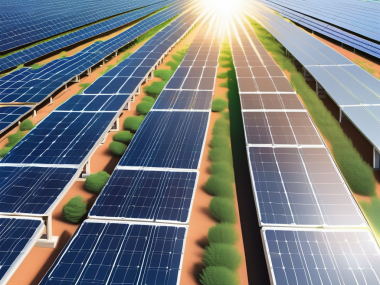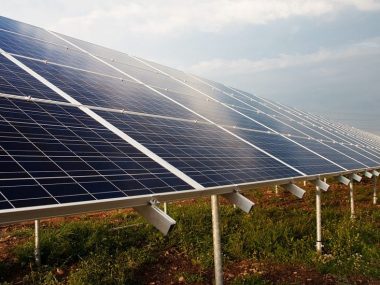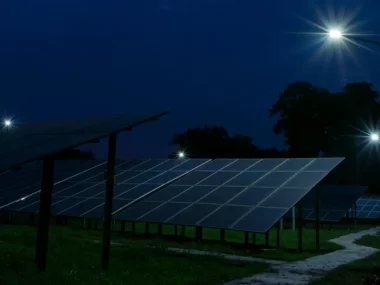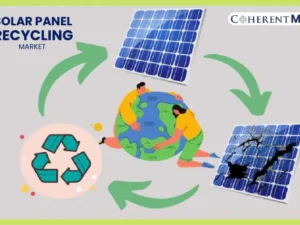1. Battery Technologies:
Battery technology has experienced significant advancements in order to improve energy density, efficiency, durability, and cost-effectiveness.
Here are some notable developments:
Lithium-ion Batteries:
Lithium-ion batteries dominate the energy storage market due to their high energy density, long cycle life, and low self-discharge rate. Innovations in lithium-ion battery chemistry, such as the use of new electrode materials like silicon anodes and lithium metal anodes, as well as electrolyte enhancements, have resulted in increased energy storage capacity and longevity.
Solid-State Batteries:
Solid-state batteries offer several advantages over traditional liquid electrolyte lithium-ion batteries, including higher energy density, improved safety, and wider operating temperature ranges. Recent advancements in solid-state battery technology focus on refining solid electrolytes and interfaces to enhance conductivity and stability, bringing solid-state batteries closer to commercial viability.
Flow Batteries:
Flow batteries utilize liquid electrolytes stored in external tanks, allowing for independent scaling of energy and power capacity. Recent developments in flow battery technology involve the adoption of innovative electrolyte chemistries such as vanadium, zinc-bromine, and organic compounds, as well as improvements in electrode materials to enhance efficiency, longevity, and cost-effectiveness.
Sodium-ion Batteries:
Sodium-ion batteries are emerging as a promising alternative to lithium-ion batteries due to the abundance and cost-effectiveness of sodium resources. Recent progress in sodium-ion battery technology focuses on optimizing electrode materials like sodium titanate and Prussian blue analogs, as well as electrolyte compositions, to increase energy density and cycling stability.
Beyond Lithium-ion:
Ongoing research explores battery technologies beyond lithium-ion, including lithium-sulfur, lithium-air, and metal-air batteries. These alternatives hold the promise of higher energy density and improved performance, pushing the boundaries of battery technology.

